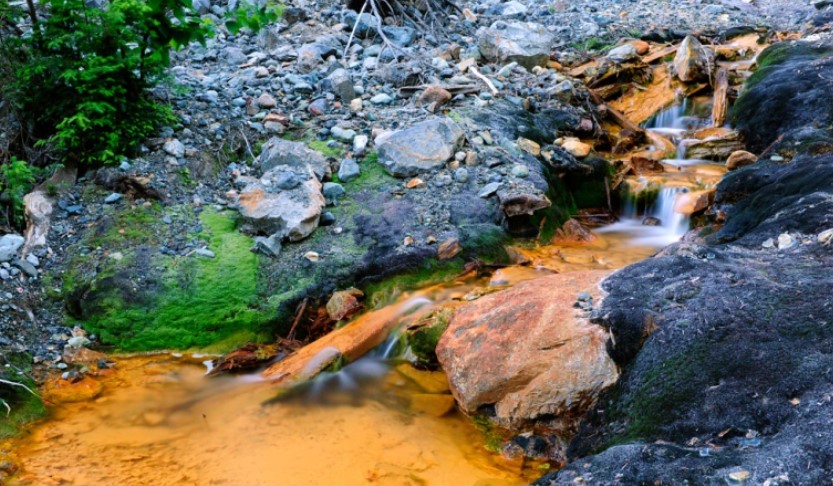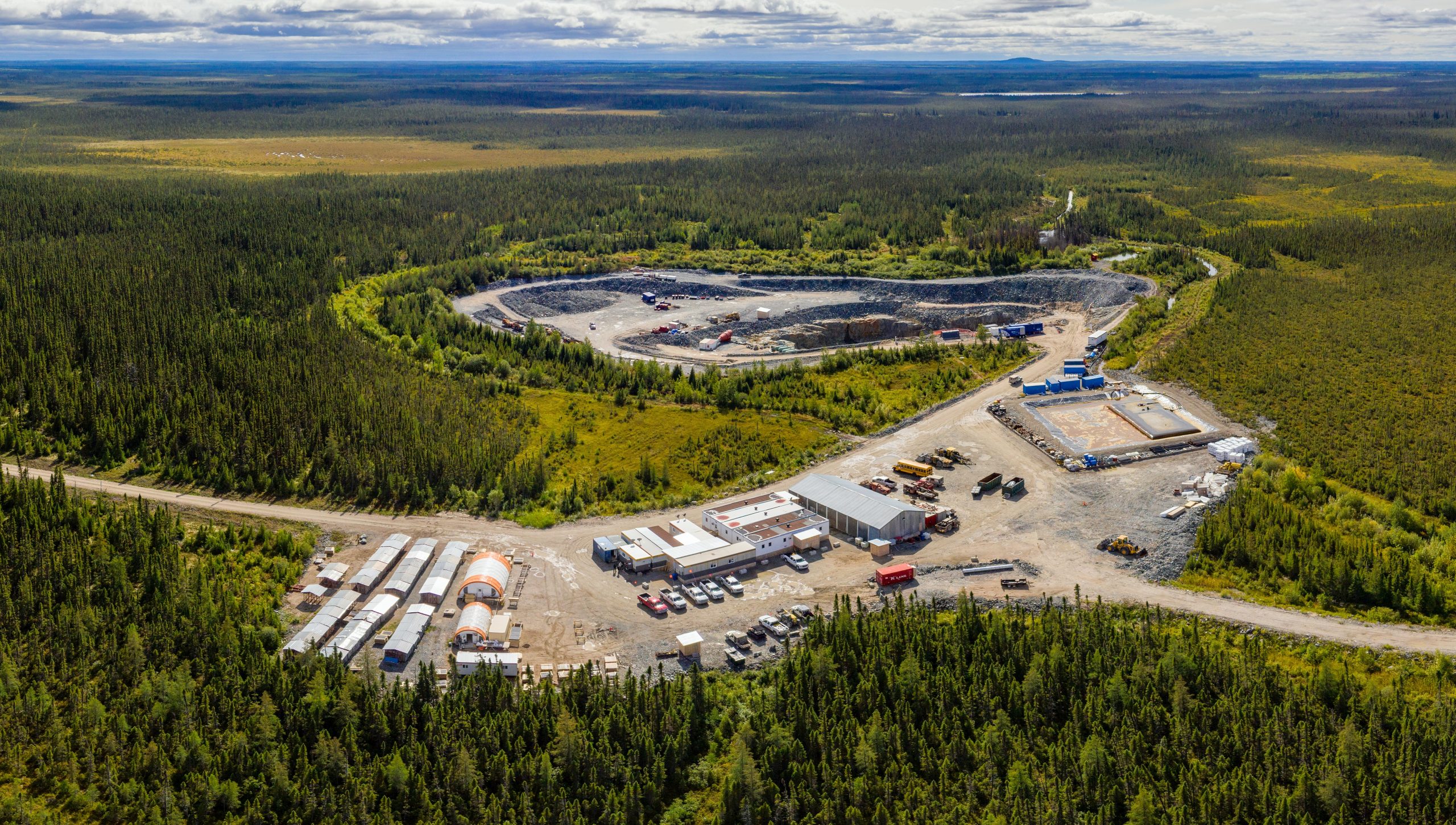First Nation ready to remediate old Tulsequah Chief site

The leadership of the Taku River Tlingit First Nation (TRTFN) has been suggesting since 2018 that the Tulsequah Chief copper-gold mine near Atlin, B.C., needs remediation to prevent further degradation of the Tulsequah River. Work at the mine has been suspended since owner Chieftain Metals filed for receivership in 2016.
The First Nation does not believe that mining can resume sustainably at the site. It seeks full remediation for the site, including outstanding water quality issues in the river valley. The Indigenous community wants to be fully involved and work with the province, federal government, and other partners to “restore balance and harmony” to its land.



